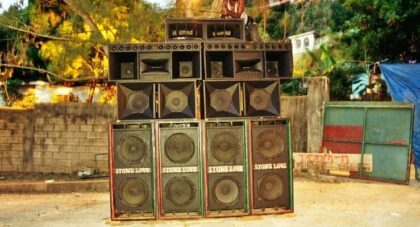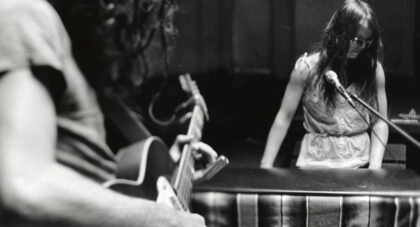Located roughly halfway between Cleveland and Buffalo in the country side off the 1-90, Erie, Pennsylvania isn’t exactly the first place you’d go looking for rock music. But if you're looking for Zappa? Well then, Erie has plenty for you on that front. Earlier this year, the Zappa estate released a six-CD box set of live material all recorded in the area within a three-year span: a show from May 1974, another from November 1974, and one from November 1976. All three are from Zappa’s mid-'70s prime, and two of them are . . .
Only the good shit. Aquarium Drunkard is powered by its patrons. Keep the servers humming and help us continue doing it by pledging your support.
To continue reading, become a member or log in.


